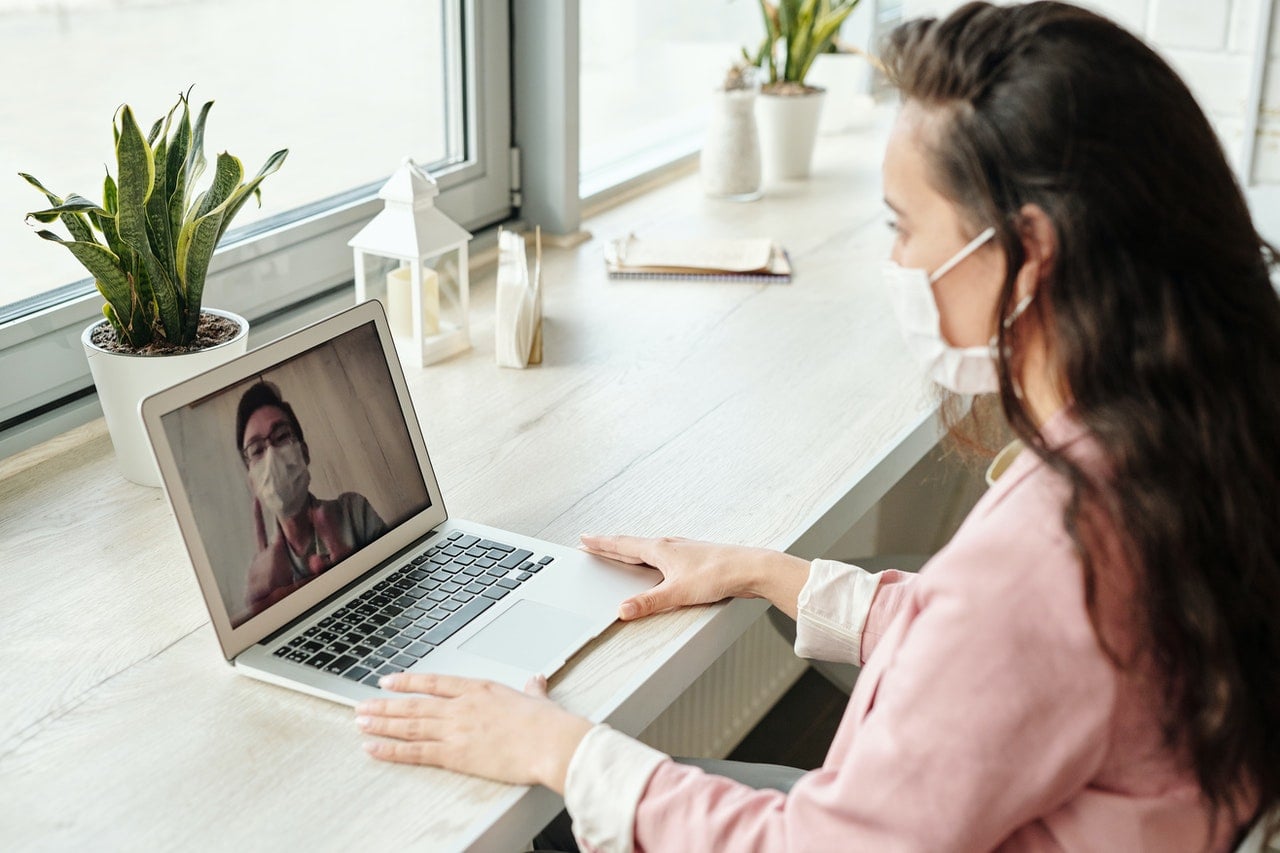Due to the COVID-19 pandemic, vital services that address addiction recovery have been thrown into upheaval. Many people who were in treatment may have dropped out at the beginning of the coronavirus crisis. Some treatment centers shuttered. And people in need of Medication-Assisted Treatment (MAT) for opioid use disorder found themselves without access to their medication. However, as time has passed, states across the country have relaxed regulation to allow addiction treatment via telehealth.
Traditional Treatment Process
People who have struggled with addiction have never been able to do video chats with their treatment providers. Most people with addiction issues who want to get clean and sober have a process to go through. If they’re addicted to an opioid, they will want to go to a clinical detox while they get clean. It takes several days to a week to detox. Once they are on steadier ground, they may choose to take Medication-Assisted Treatment to help prevent cravings for their drug of choice. If this is the case, they probably go into inpatient treatment, where they live with their peers and receive therapy from addiction providers.
Some people may also choose outpatient treatment. Others may end up in sober housing after they have been sober for a while.
COVID-19, Telehealth and Addiction Treatment
While some treatment centers shuttered or sent people home due to the pandemic, many are open even today. Medication-Assisted Treatment prescriptions are still allowed, and in some regions of the United States, doctors are have permitted to prescribe and monitor MAT via telehealth sessions.,.
MAT drugs like Suboxone, a prescription medicine used to treat adults who are addicted to opioid drugs, are supposed to be prescribed alongside a treatment regimen or program. But for many, these programs are not currently possible to access in-person. Physicians worry that people may take the drugs while they’re still using opioids, or that they will try to abuse them. When there’s nobody giving patients drug tests or looking them in the eyes in person every day, it’s hard to make a judgment call for patient care.
For now, doctors try to hope for the best.
Treatment Centers Still Available
Many states are allowing treatment centers to provide vital services in-person. This includes inpatient services that are desperately needed.
While treatment centers are still accepting patients, the process of intake can be lonely. Patients detox alone in a room in some cases. Their isolation period may have to be two weeks to make sure they don’t have COVID-19. Or they may need to submit to one or multiple COVID tests.
Once they have cleared these hurdles, however, they are accepted into inpatient programs and become a part of a community. They’re allowed to be around each other in the facility and to begin their recovery journey.



Leave A Comment
You must be logged in to post a comment.